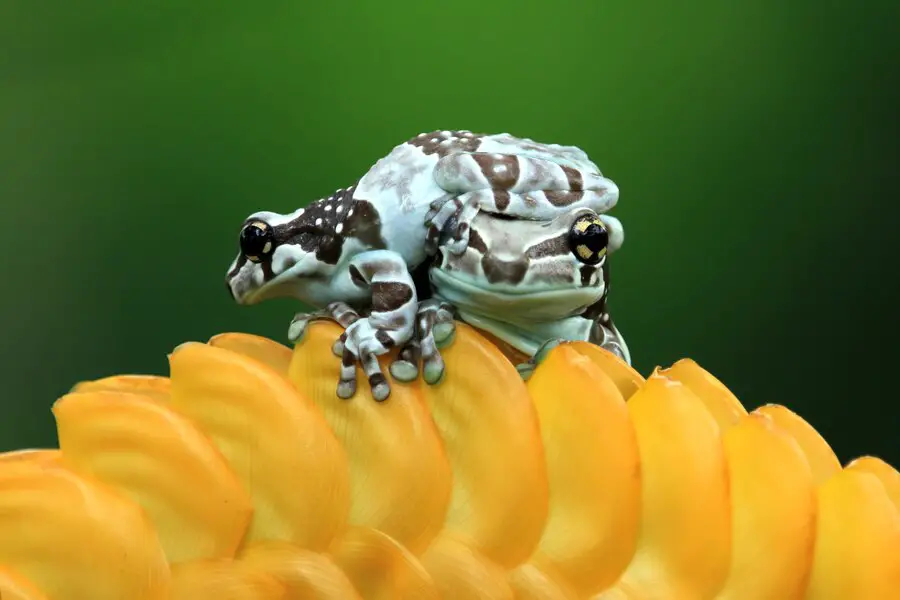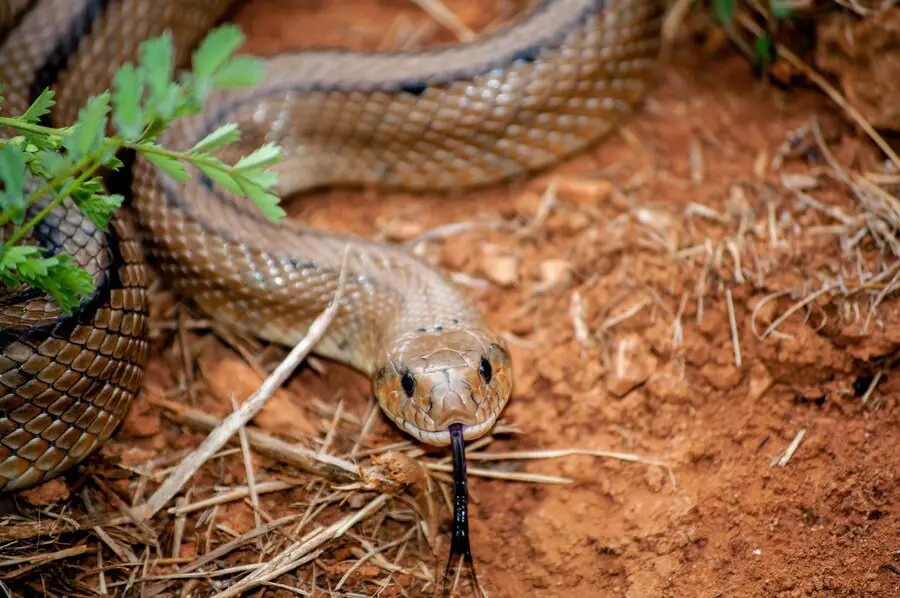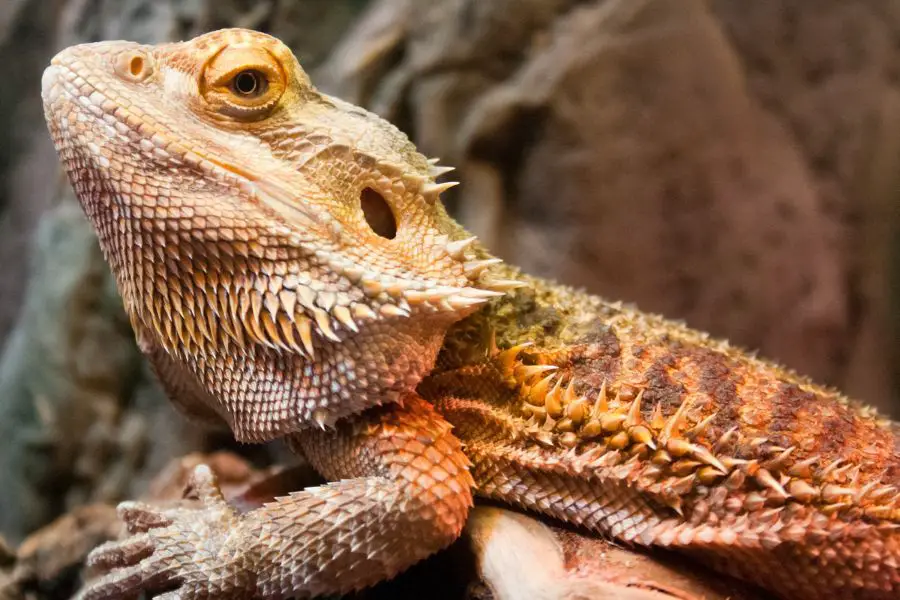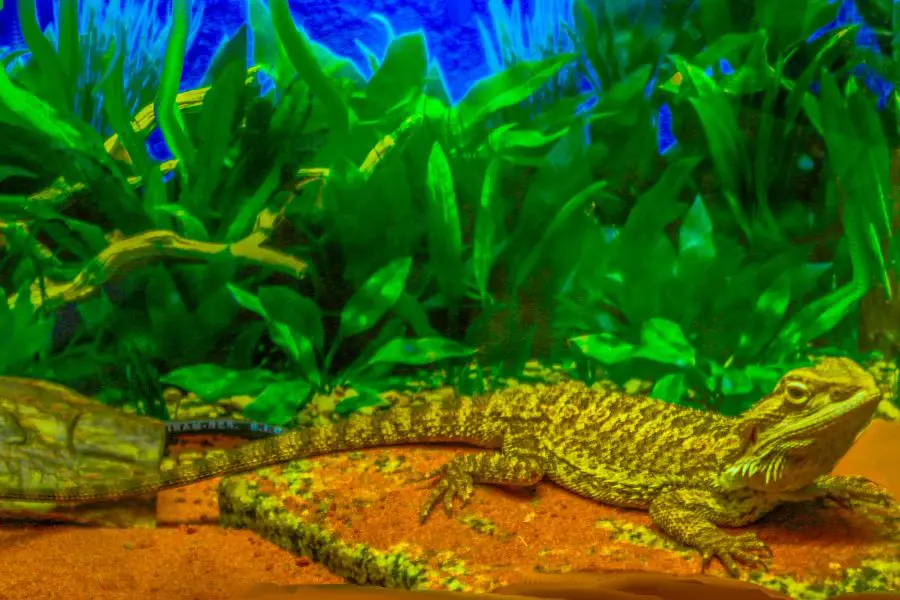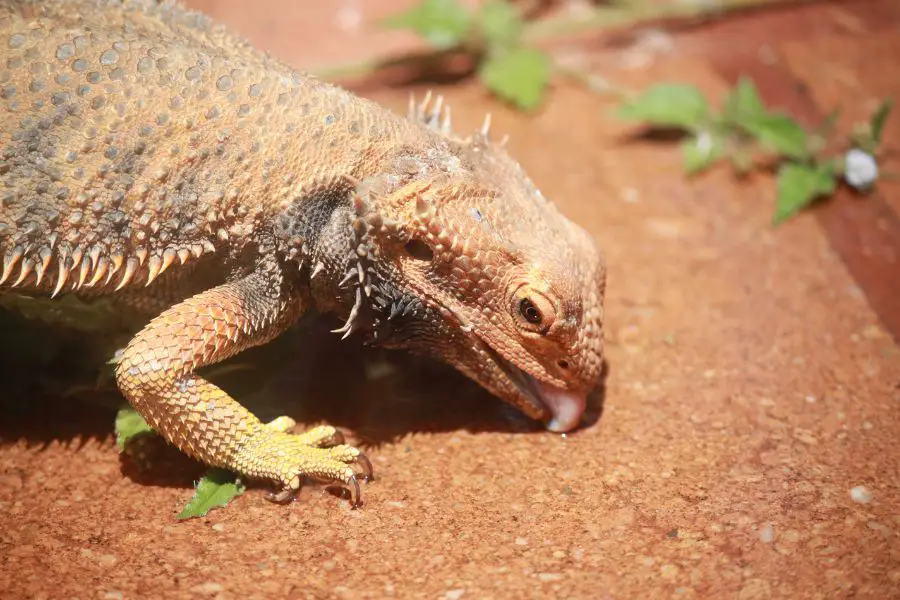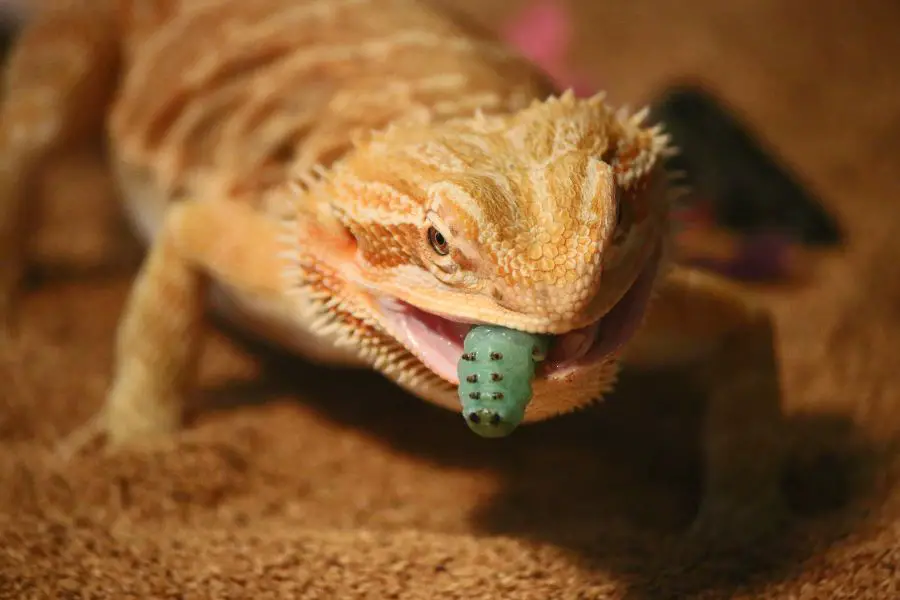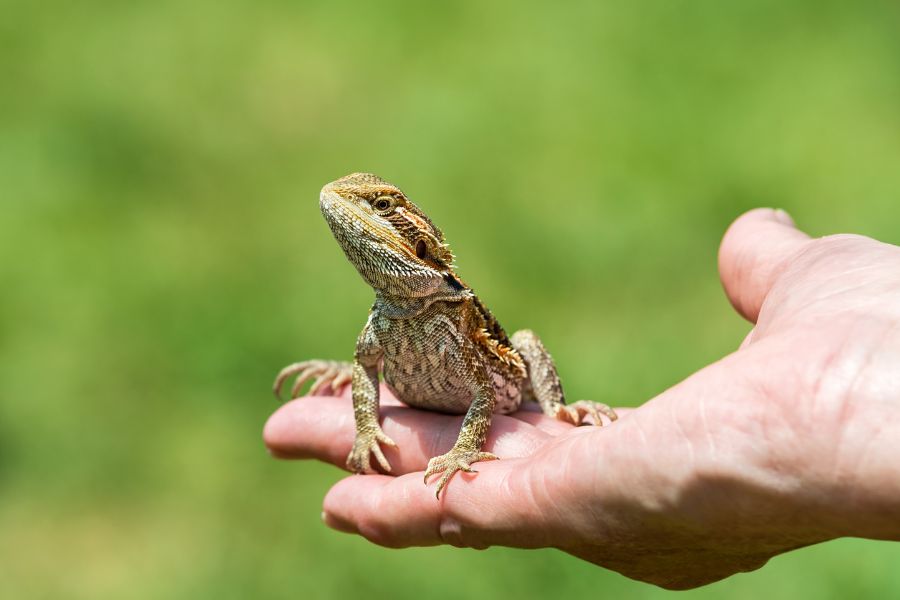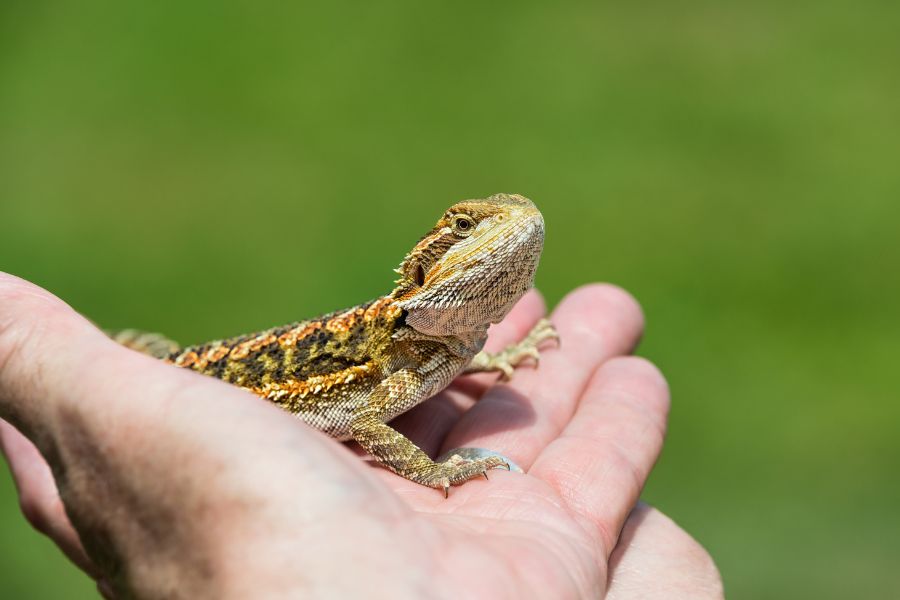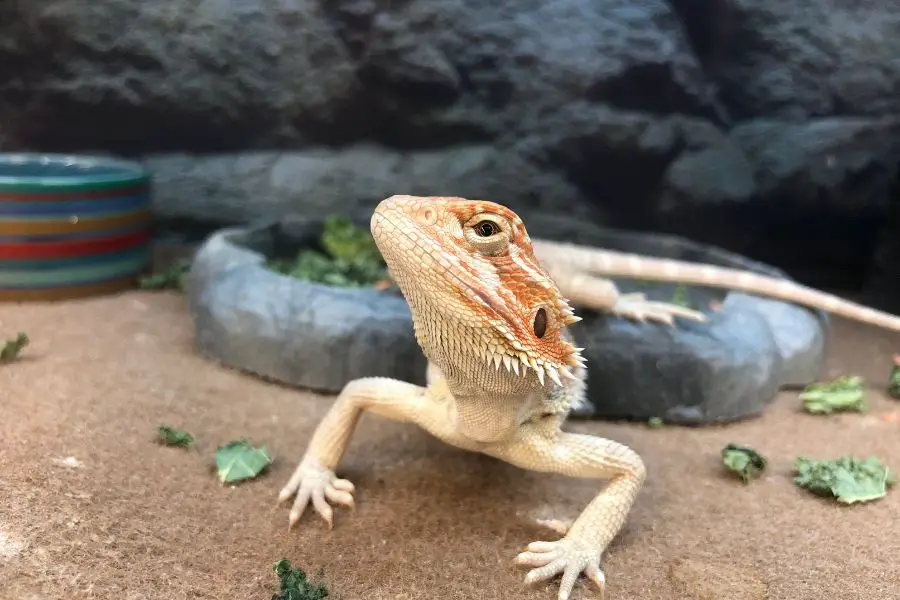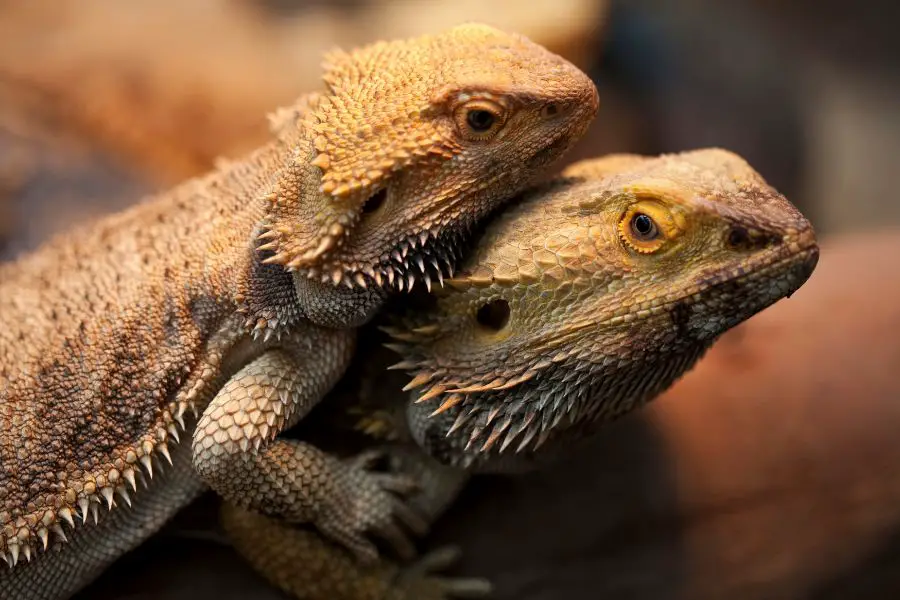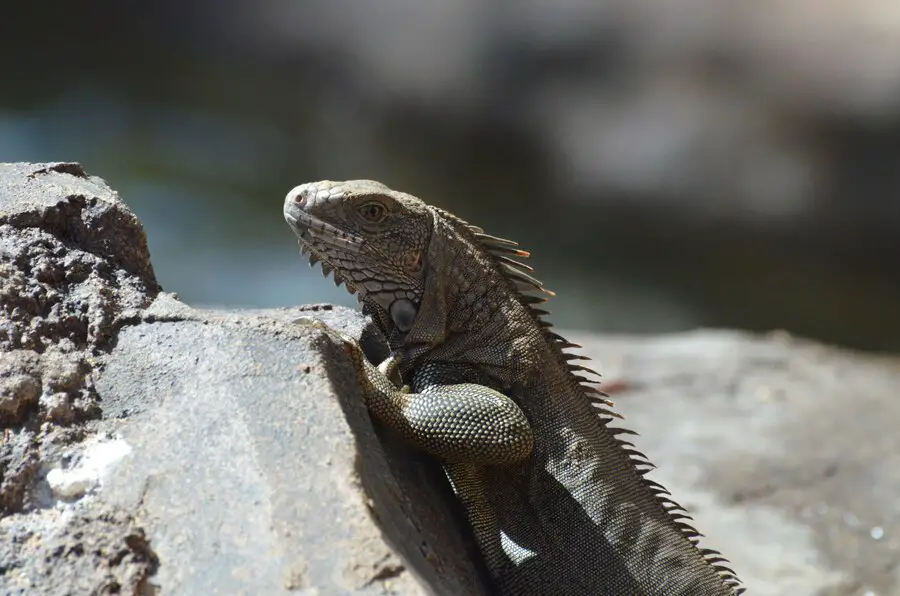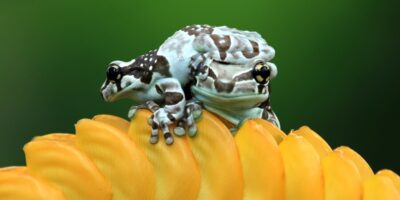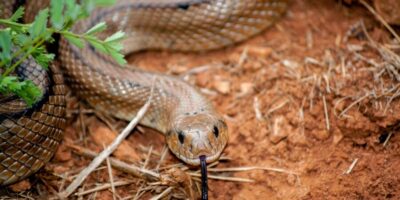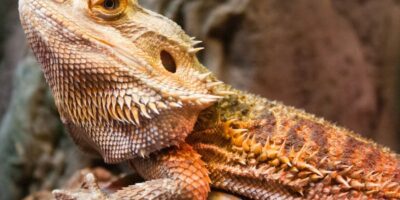In the world of reptiles, bearded dragons stand out as fascinating ectothermic creatures, that rely on external heat sources to regulate their body temperature. Heat plays a pivotal role in their physiological processes, influencing digestion, metabolism, and overall health. This blog aims to delve into the intricacies of bearded dragons’ heat requirements, shedding light on their tolerance to temperature variations and providing insights into maintaining optimal conditions for their well-being.
Significance of Heat for Bearded Dragon
Bearded dragons, as ectothermic reptiles, depend on external heat for essential bodily functions. Their ectothermic nature means they lack the internal mechanisms to generate body heat, relying on the environment to regulate temperature. This dependence on heat holds critical importance for processes like digestion and metabolism. Understanding the significance of heat in their lives is key to providing suitable habitats that mimic their natural conditions, promoting overall health and vitality.
Role Of Heat In Digestion, Metabolism, And Overall Well-being
Heat plays a pivotal role in a bearded dragon’s digestion, metabolism, and overall well-being. Adequate warmth is essential for efficient digestion and nutrient absorption, impacting their energy levels and immune function. Understanding their natural habitat, characterized by warm environments, is crucial for replicating optimal heat conditions in captivity, ensuring these reptiles thrive in a setting that mirrors their evolutionary needs.
Heat Tolerance Of Bearded Dragons
Bearded dragons exhibit a specific heat tolerance crucial for their health and vitality. The ideal temperature range for these reptiles typically falls between 95 to 110 degrees Fahrenheit (35-43 degrees Celsius). Maintaining this range is vital to support their metabolic processes, digestion, and overall well-being. Monitoring and providing a suitable thermal gradient in their habitat ensures bearded dragons can effectively regulate their body temperature, contributing to a healthy and contented life.
Factors Influence A Bearded Dragon’s
Several factors influence a bearded dragon’s heat tolerance, including age, health, and species variation. Younger dragons and specific species may have different temperature requirements than their older counterparts. Prolonged exposure to low temperatures poses risks, compromising their metabolism, immune function, and overall health. Recognizing these factors is essential for tailoring heat management to individual needs, promoting optimal conditions, and safeguarding against potential adverse effects of temperature variations.
General Heat Requirements
Understanding how long bearded dragons can go without heat is crucial for their well-being. Bearded dragons are ectothermic reptiles, relying on external heat sources to regulate their body temperature and maintain physiological functions. The general heat requirements for bearded dragons range between 95 to 110 degrees Fahrenheit (35-43 degrees Celsius). However, their ability to withstand temperature variations is influenced by factors such as age, health, and species.
Younger dragons and certain species may be more sensitive to temperature fluctuations, requiring closer attention to their heat needs. Prolonged exposure to low temperatures can lead to health issues, affecting digestion, metabolism, and immune function. Signs of distress or discomfort due to inadequate heat include reduced activity, lethargy, loss of appetite, and altered behavior.
Bearded dragons may survive for a short period without heat, but it’s essential to provide warmth promptly to avoid stress and potential health problems. Owners should monitor the ambient temperature and basking spots regularly, adjusting them based on factors like seasonal changes or the dragon’s specific requirements. By ensuring a suitable thermal environment, owners contribute to the overall health, happiness, and longevity of their bearded dragons, fostering a thriving and contented reptilian companion.
Optimal Heat Conditions
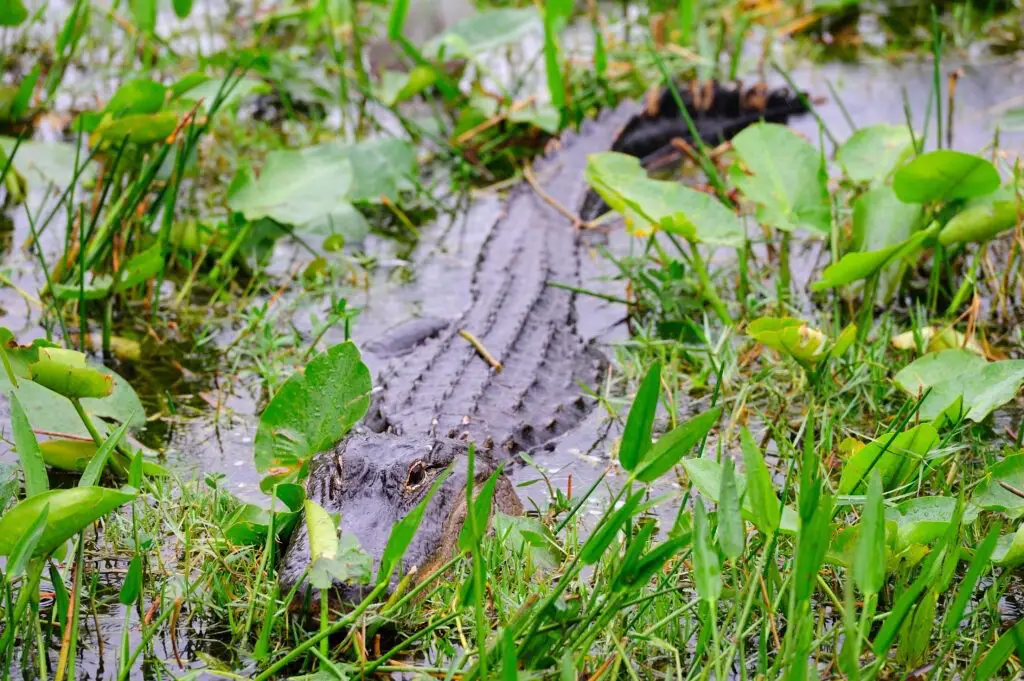
Optimal Heat Conditions
Maintaining optimal heat conditions is paramount for the health and well-being of bearded dragons. These reptiles, being ectothermic, rely on external heat sources to regulate their body temperature and perform essential physiological functions. Here, we will delve into effective strategies for ensuring the provision of suitable heat in their enclosure, emphasizing the importance of a properly equipped heat source.
Monitoring Temperature Levels
Establishing a warm basking area is essential for a bearded dragon’s well-being. Place a designated basking spot with a heat source, like a heat lamp, to achieve temperatures between 100 to 110 degrees Fahrenheit. Utilize reflective surfaces, such as tiles, to enhance heat absorption. Regularly monitor temperatures with thermometers and adjust settings based on environmental factors, ensuring a comfortable and stable thermal gradient within the enclosure.
Common Mistakes In Providing Heat
Common mistakes in providing heat for bearded dragons can significantly impact their well-being. One frequent error is relying on inadequate heating sources, such as insufficient or outdated heat lamps. Recognizing these mistakes is crucial for ensuring a proper thermal environment. Common errors in temperature management include neglecting to monitor temperatures consistently or misunderstanding the specific heat requirements of the dragon.
Rectifying these mistakes involves investing in reliable heating equipment, regularly checking and adjusting temperatures, and creating a consistent and comfortable thermal gradient within the enclosure. Consistency in maintaining appropriate heat levels is paramount for supporting essential physiological functions and promoting the overall health and happiness of bearded dragons in captivity.
Seasonal Variations
Seasonal variations significantly impact bearded dragons’ heat requirements, necessitating adjustments in their habitat. As temperatures fluctuate, it’s crucial to adapt heating setups accordingly. During colder months, increase ambient temperatures to compensate, ensuring the dragon’s continued well-being.
Conversely, in warmer seasons, moderate the heat to prevent overheating. A smooth transition between seasons, with vigilant adjustment of the thermal environment, is essential for supporting optimal health. Understanding and accommodating these seasonal shifts contribute to a harmonious and thriving life for bearded dragons in captivity.
Signs Of Distress
Recognizing signs of distress due to inadequate heat is crucial for bearded dragon owners. If your dragon displays lethargy, reduced activity, or altered behavior, it may indicate a heating issue. In emergencies, act promptly by restoring or enhancing the heat source and seek veterinary attention if necessary to ensure your dragon’s well-being.
Conclusion
In conclusion, understanding and meeting the heat requirements for bearded dragons are paramount for their overall well-being. A recap of key points highlights the importance of providing an optimal thermal environment, encompassing a designated basking spot, quality heat sources, and consistent temperature monitoring. Emphasizing the critical role of proper heat management reinforces responsible ownership. Continuous vigilance and proactive care, ensuring the dragon’s comfort, health, and happiness, are essential elements in fostering a thriving and contented life for these remarkable reptiles.
